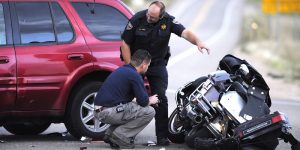 In a typical car accident involving just two vehicles, it can be challenging to determine who was actually at fault. However, in collisions with several vehicles, resulting in multiple accidents, it can be even messier to determine how the accident started, who hit who, and what actually happened. In these Texas chain-reaction car accidents, it is crucial that accident victims have an experienced attorney in their corner to help them pursue the compensation they deserve.
In a typical car accident involving just two vehicles, it can be challenging to determine who was actually at fault. However, in collisions with several vehicles, resulting in multiple accidents, it can be even messier to determine how the accident started, who hit who, and what actually happened. In these Texas chain-reaction car accidents, it is crucial that accident victims have an experienced attorney in their corner to help them pursue the compensation they deserve.
According to a recent news report, a young man was killed in an accident when he laid down his motorcycle to avoid hitting a stopped car on the road. Local authorities stated that the motorcyclist was coming up a hill when he noticed a long line of stalled cars in front of him. When two vehicles that were ahead of the young man swerved out of the way to avoid crashing into the line of stalled cars, it caused the motorcyclist to lay down his bike and crash into the back of a stopped car. Although he was wearing a helmet, authorities reported that the motorcyclist did not survive the crash. The incident is still being investigated by local law enforcement, but the crash was likely an accident without criminal conduct involved.
One of the biggest problems in these accidents is that the at-fault party or parties do not have enough insurance coverage to fully compensate a victim for the injuries they suffered as a result of the accident. All Texas drivers must have auto insurance minimums of $30,000 per person and $60,000 per accident for bodily injury liability. Also, drivers are required to have at least $25,000 in coverage for property damage.
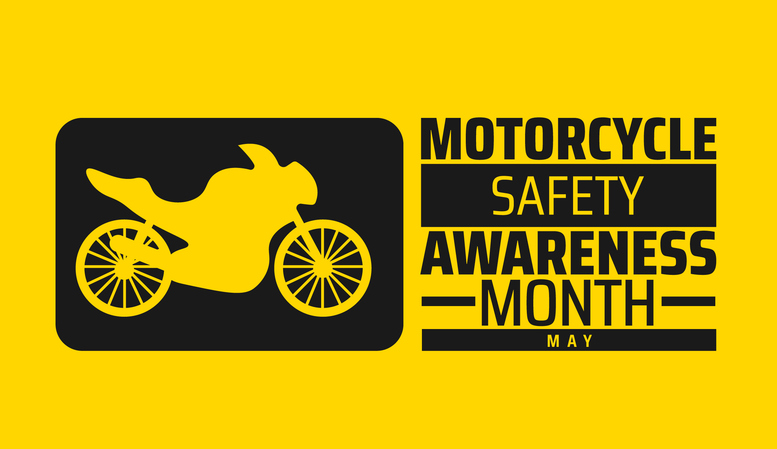
 Texas Injury Lawyers Blog
Texas Injury Lawyers Blog



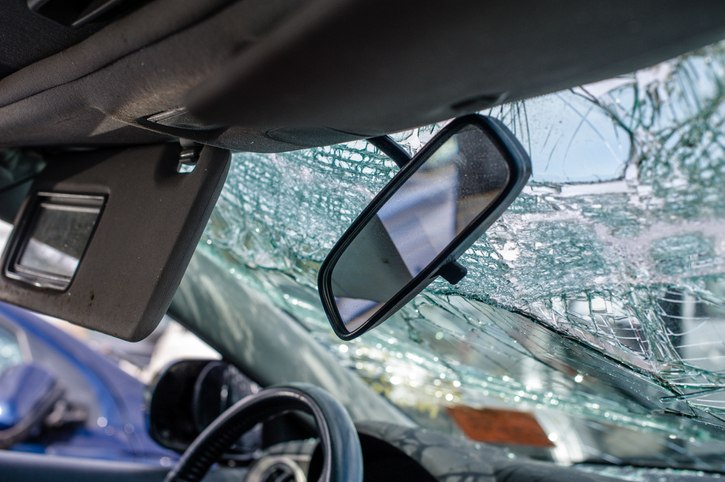
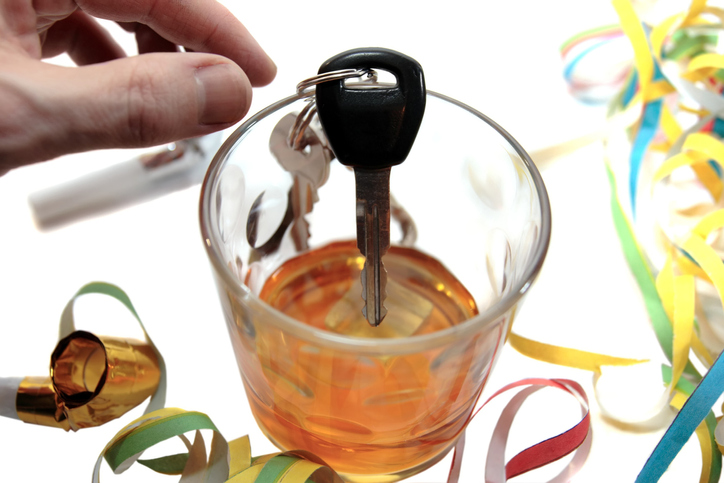

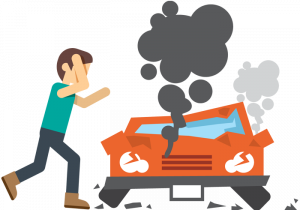 Car accidents are a headache to deal with. Texas hit and run accidents, however, can cause a headache and then some. Because the other driver has run off after an accident, you may now be stuck paying for any damage incurred from your vehicle and any medical expenses that you may rack up if you have been injured. Since hit and run accidents can often have devastating consequences, it is crucial that those who are responsible are held accountable, whenever possible.
Car accidents are a headache to deal with. Texas hit and run accidents, however, can cause a headache and then some. Because the other driver has run off after an accident, you may now be stuck paying for any damage incurred from your vehicle and any medical expenses that you may rack up if you have been injured. Since hit and run accidents can often have devastating consequences, it is crucial that those who are responsible are held accountable, whenever possible. In a typical car accident involving just two vehicles, it can be challenging to determine who was actually at fault. However, in collisions with several vehicles, resulting in multiple accidents, it can be even messier to determine how the accident started, who hit who, and what actually happened. In these Texas chain-reaction car accidents, it is crucial that accident victims have an experienced attorney in their corner to help them pursue the compensation they deserve.
In a typical car accident involving just two vehicles, it can be challenging to determine who was actually at fault. However, in collisions with several vehicles, resulting in multiple accidents, it can be even messier to determine how the accident started, who hit who, and what actually happened. In these Texas chain-reaction car accidents, it is crucial that accident victims have an experienced attorney in their corner to help them pursue the compensation they deserve.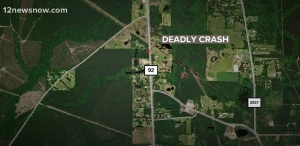
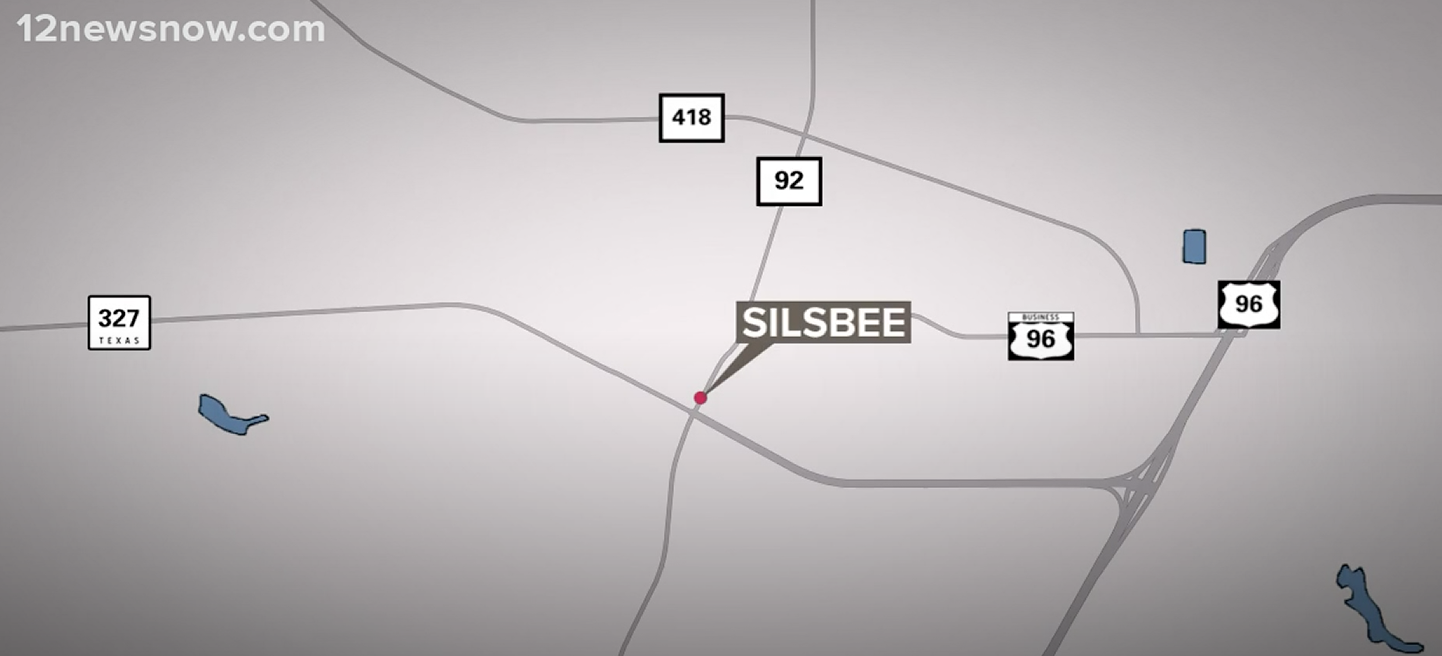 With thousands of miles of beautiful natural sights surrounding Texas’s open roads, it’s no surprise that motorcycles are so popular in the state. Motorcycles, however, can often pose a number of unique risks on the road. Drivers of passenger vehicles can often have trouble seeing motorcycles because of their smaller size, or they can easily get caught in a vehicle’s blind spot. Thus, before anyone decides to purchase a motorcycle, they must understand the risks involved. In many Texas motorcycle accidents, the cause of the collision is entirely beyond the motorcyclist’s control.
With thousands of miles of beautiful natural sights surrounding Texas’s open roads, it’s no surprise that motorcycles are so popular in the state. Motorcycles, however, can often pose a number of unique risks on the road. Drivers of passenger vehicles can often have trouble seeing motorcycles because of their smaller size, or they can easily get caught in a vehicle’s blind spot. Thus, before anyone decides to purchase a motorcycle, they must understand the risks involved. In many Texas motorcycle accidents, the cause of the collision is entirely beyond the motorcyclist’s control.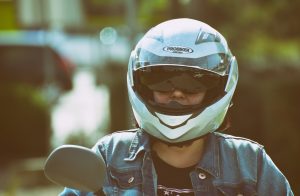 Many people prefer motorcycles to cars because of the freedom associated with whizzing down the road. In addition to making your daily commute potentially easier and more fun, motorcycles can also offer an increased sense of mobility. However, a certain degree of risk comes with operating a motorcycle – without the steel exterior of a car to protect you on the road, you may be more at risk in the event of a serious accident. When an accident happens unexpectedly, especially if you are riding a motorcycle, the consequences may be drastic.
Many people prefer motorcycles to cars because of the freedom associated with whizzing down the road. In addition to making your daily commute potentially easier and more fun, motorcycles can also offer an increased sense of mobility. However, a certain degree of risk comes with operating a motorcycle – without the steel exterior of a car to protect you on the road, you may be more at risk in the event of a serious accident. When an accident happens unexpectedly, especially if you are riding a motorcycle, the consequences may be drastic.